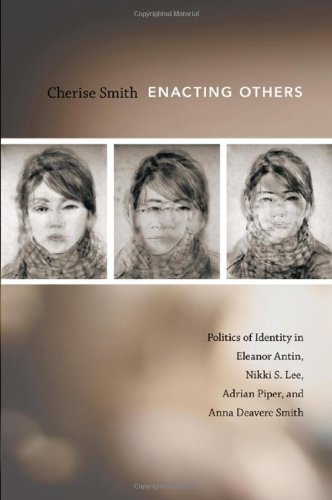Ireland and African-AmericaPosted in Europe, Media Archive, Reports, United States on 2012-06-04 03:18Z by Steven |
Clinton Institute for American Studies
University College Dublin, Ireland
2012-03-09 through 2012-03-11
Report
On the 9 – 10 March 2012, The Clinton Institute for American Studies held a two day international conference entitled Ireland and African-America. Unfortunately, the main keynote speaker Ishmael Reed had to withdraw from the conference on the 6 March due to the passing of his mother. Reed passed along his sincere regrets and though he was much missed he was very much there in spirit. However, other auspicious plenaries included Professor Luke Gibbons, Professor Eric Lott and Professor Diane Negra. The conference drew together a community of international scholars and academics whose research interests speak towards the crossover between Ireland and African-America.
Friday afternoon kicked off with parallel sessions entitled ‘Identity and Belonging’ and ‘The Bod[ies] Politic’ respectively. Papers included productive discussions on representations of Irish and Africa-American identity on film, stage and through the motif of music in literature, and on Isaac Nelson and Slavery, The African Blood Brotherhood and the Easter Rebellion and on Crosscurrents of the Green and Black Atlantics in New York City in 1920. Friday afternoon was brought to a close with a rousing lecture by Professor Luke Gibbons on Slavish Representations in the work of controversial Cork artist James Barry. Gibbons’ sweeping lecture drew together Barry’s largely eighteenth century body of work with twentieth century political theories regarding the power of the state and the rights of the citizen.
Saturday morning sessions began with panels on Irish national and ethnic attitudes on race and further papers on the Green and Black Atlantic (with a specific focus on black abolitionist Fredrick Douglass). The latter panel was very kindly rounded out at the last minute by Ann Coughlan, a PhD student in University College Cork after the withdrawal of two planned speakers. Following a catered lunch, Professor Diane Negra gave the conference’s second plenary on The Tragicomic Irish-America Personae of Denis Leary and Kathy Griffin which examined the manner in which Leary and Griffin access African-American tropes in order to communicate an analogous working class Irish identity which might otherwise be at odds with their celebrity status…
Read the entire report here.


